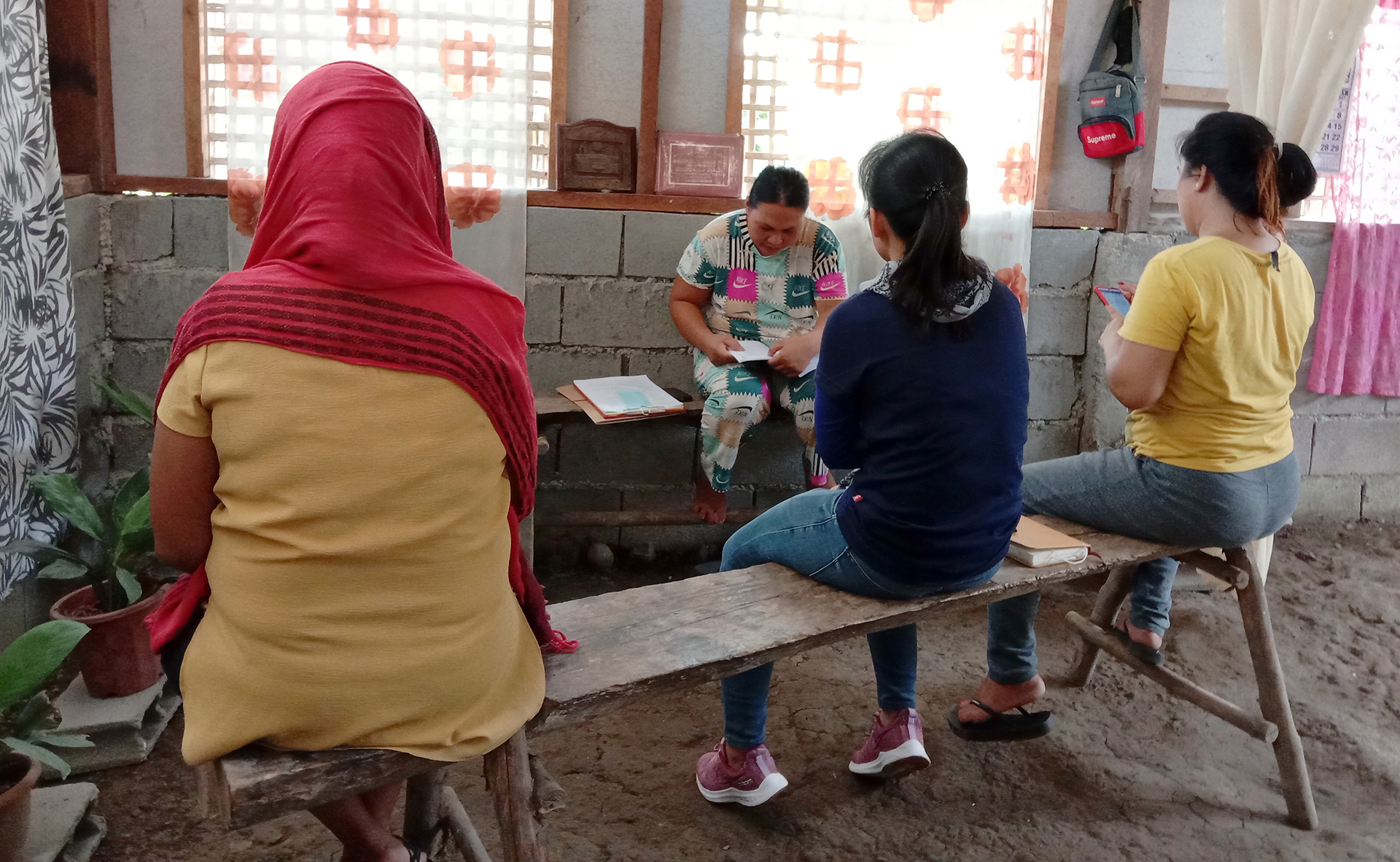
Women are often at the forefront of indigenous mission and church-planting efforts in Asia and Africa, write Gina Zurlo and Dave Coles in the journal Missiology (53:2). Many indigenous missionary efforts today are described as church-planting or disciple-making movements rather than Christian, and they operate below the radar and even underground due to religious restrictions, nationalisms, governmental favoritism, and social hostilities. Because of their unofficial status, these mission groups and congregations are not counted in many surveys of Christianity in their countries. Also because of their outsider status, Zurlo and Coles find a disproportionate number of women in prominent leadership positions, whereas formal denominations may prohibit this practice. Although there are differences in counts of these church plants and how reliable such counts are, “reliable verification exists for hundreds of them at least, which include disciples from Muslim, Hindu, and Buddhist backgrounds.”

Woman leading Bible study in Asia.
“One of the most thorough assessments reports of 1,035 ‘rapidly multiplying groups that have surpassed four generations of church planting in multiple streams,’ which together comprise 74 million Christians,” the authors write. They cite the example of one mission leader, “Ruth,” who has planted 18 generations of indigenous churches in East Africa, which means that the churches she has started have started their own churches and so on for 18 generations of reproduction. As a businesswoman, she connects with people through agriculture and moneylending, working with both oral and written cultures, and starting Bible studies. By developing congregations through such meetings and then running monthly training sessions, 80 Christian leaders to date have been trained to guide these indigenous churches. While such women-led mass indigenous movements are not new, such as among the Dalits (“untouchables”) in India, their institutionalization has historically limited women’s leadership. But Zurlo and Coles argue that current examples suggest that these church plants may buck the institutional trend, especially in Pentecostal environments that stress the priesthood of all believers. For instance, in Iran, high governmental restrictions and social hostilities against religion have had a “major role in catalyzing women-led movements.”
While the culture of sex segregation obviously plays a role in the prominence of such women leaders, they have been instrumental in the high conversion rate of Iranians in recent years, especially young people looking for alternatives to Islam. The same can be said for the prominent role of women in indigenous missionary efforts in Thai villages, where 72 percent of the leaders are women, many in their 50s and 60s with low levels of education, leading a network of rural churches. Often men are the initial facilitators for these women to move into leadership positions, but then the female leaders recruit more females into these roles. Zurlo and Coles find that these women are able to balance traditional gender roles while paving the way for new leadership roles. For example, in one Indian movement, 60 percent of the affiliates are women and 80 to 90 percent of the leaders are women who are serving in new leadership positions, such as offering prayer for villagers.
(Missiology, https://journals.sagepub.com/home/MIS)